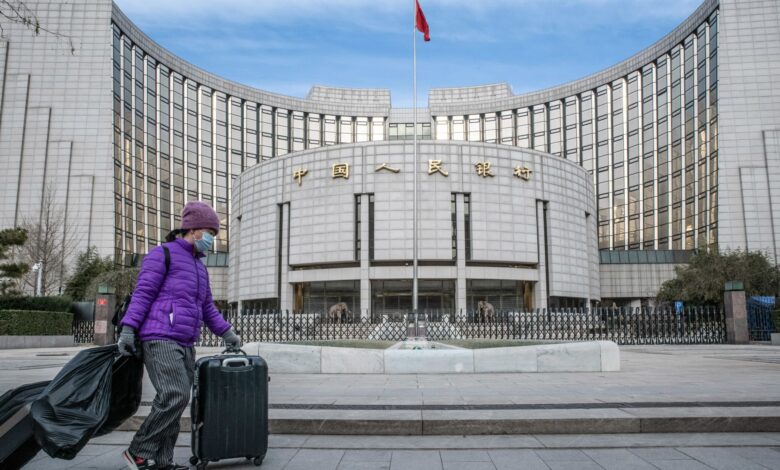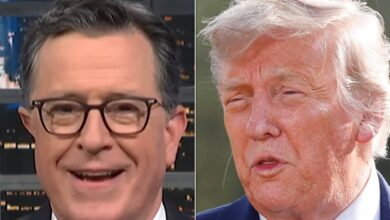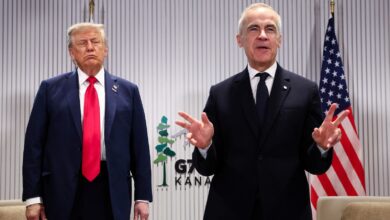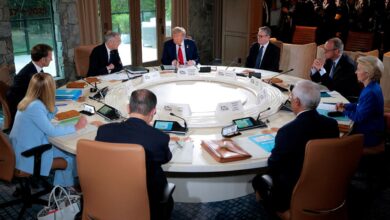China keeps LPR steady as Trump tariffs pressure yuan

The People’s Bank of China (PBOC) building in Beijing, China, on Thursday, Dec. 15, 2022.
Bloomberg | Getty Images
China decided to maintain its loan prime rates unchanged on Monday, citing strong macro data and a need to stabilize the yuan amidst trade tensions with the U.S.
The People’s Bank of China opted to keep the 1-year loan prime rate at 3.1% and the 5-year LPR at 3.6% following better-than-expected economic indicators reported earlier this month.
Key data included a 5.4% year-on-year increase in first-quarter GDP, as well as positive retail sales and industrial output figures for March, surpassing economists’ expectations.
The decision to keep the LPRs steady reflects the central bank’s strategy since October last year. Zhiwei Zhang, president and chief economist at Pinpoint Asset Management, noted that the PBOC is likely to cut interest rates only if hard data weakens.
Upcoming economic data for April, which will reflect the impact of U.S. tariffs, includes official purchasing managers index figures on April 30, trade data on May 9, and inflation numbers on May 10.
Following the announcement, the Chinese onshore yuan appreciated 0.20% to 7.2848 against the dollar, while the offshore yuan strengthened 0.22% to 7.2846 against the greenback.
Mainland China’s CSI 300 rose 0.36%.
The decision by the PBOC aligned with a Reuters poll of economists, with 87% anticipating that rates would remain unchanged.
In a note last week, Dutch bank ING also predicted that the PBOC would maintain rates, suggesting that a shift in the LPR would only occur after a cut in the 7-day repo rate.
The 7-day repo rate currently stands at 1.5% and was last reduced by 20 basis points in September.
While there is a case for easing due to low inflation and external pressures from escalating tariffs, ING pointed out that the PBOC might delay action until the U.S. Federal Reserve lowers borrowing costs.
Ryota Abe, economist at Sumitomo Mitsui Banking Corporation, highlighted that the PBOC is unlikely to use currency devaluation to address economic challenges to avoid potential capital outflow.
Trade tensions between the U.S. and China have resulted in significant tariffs on imports from both countries, impacting their economies.
Despite positive GDP growth, China continues to face deflationary pressures, with consumer prices falling 0.1% year on year in March and producer prices dropping 2.5%, marking the 29th consecutive month of deflation.





